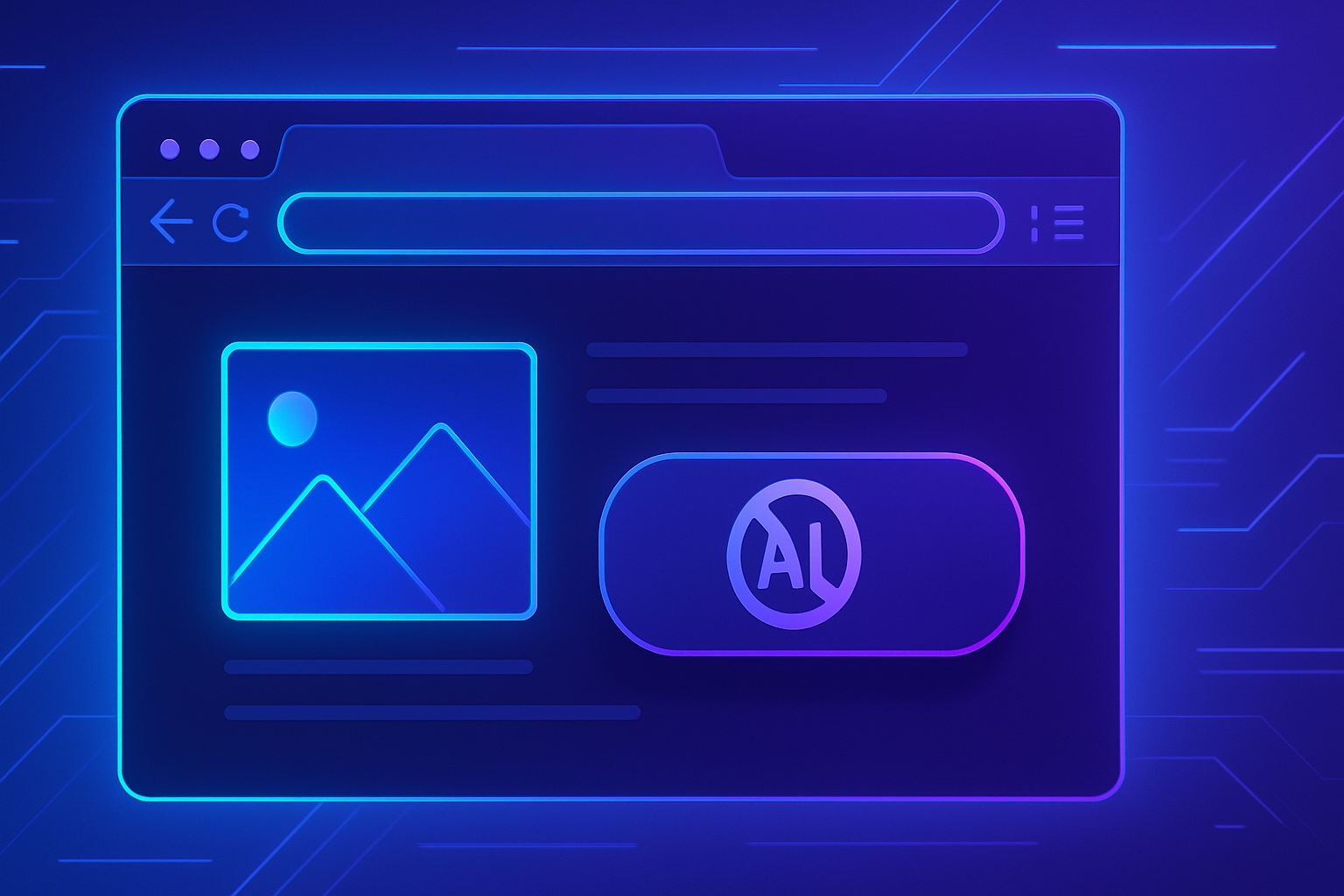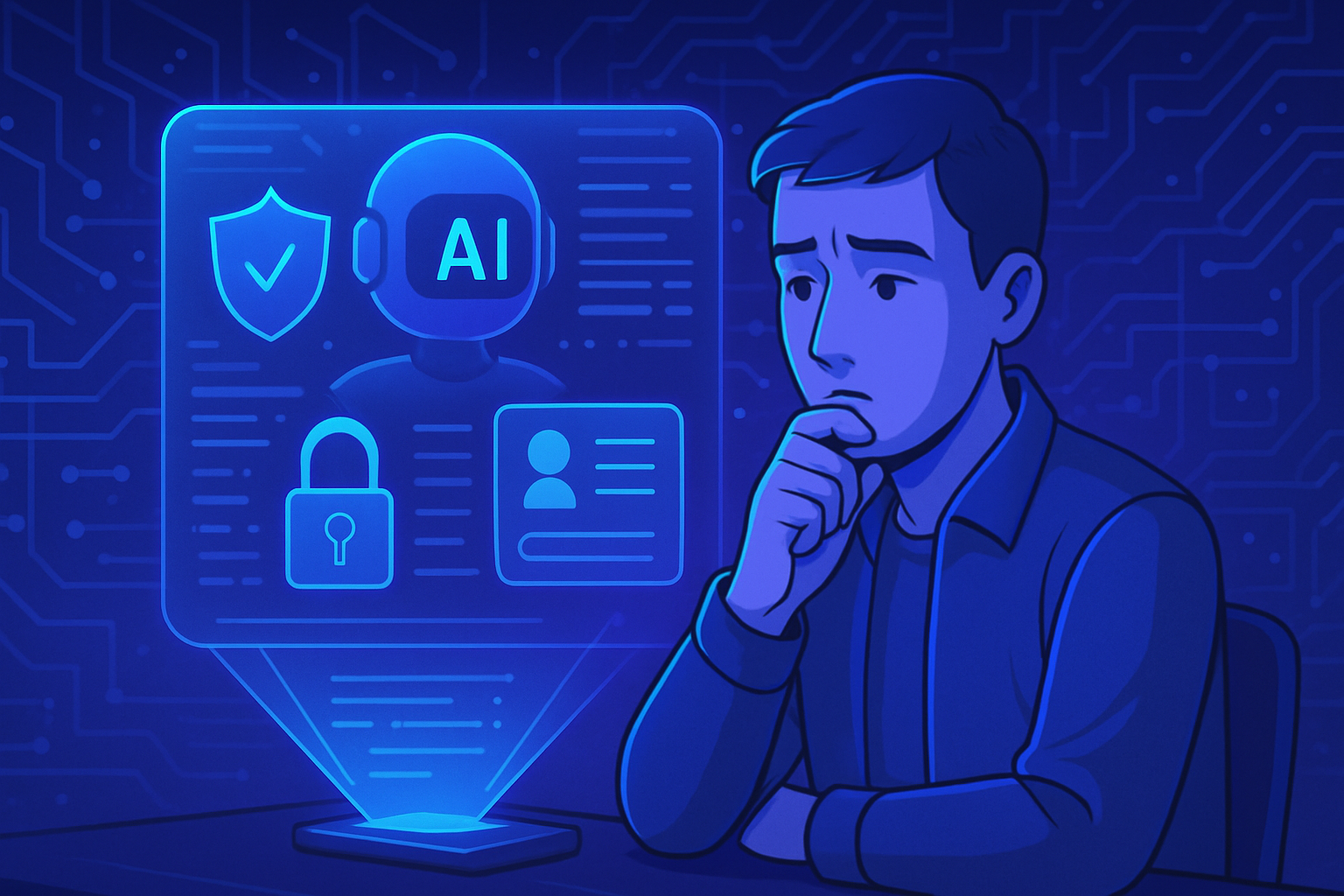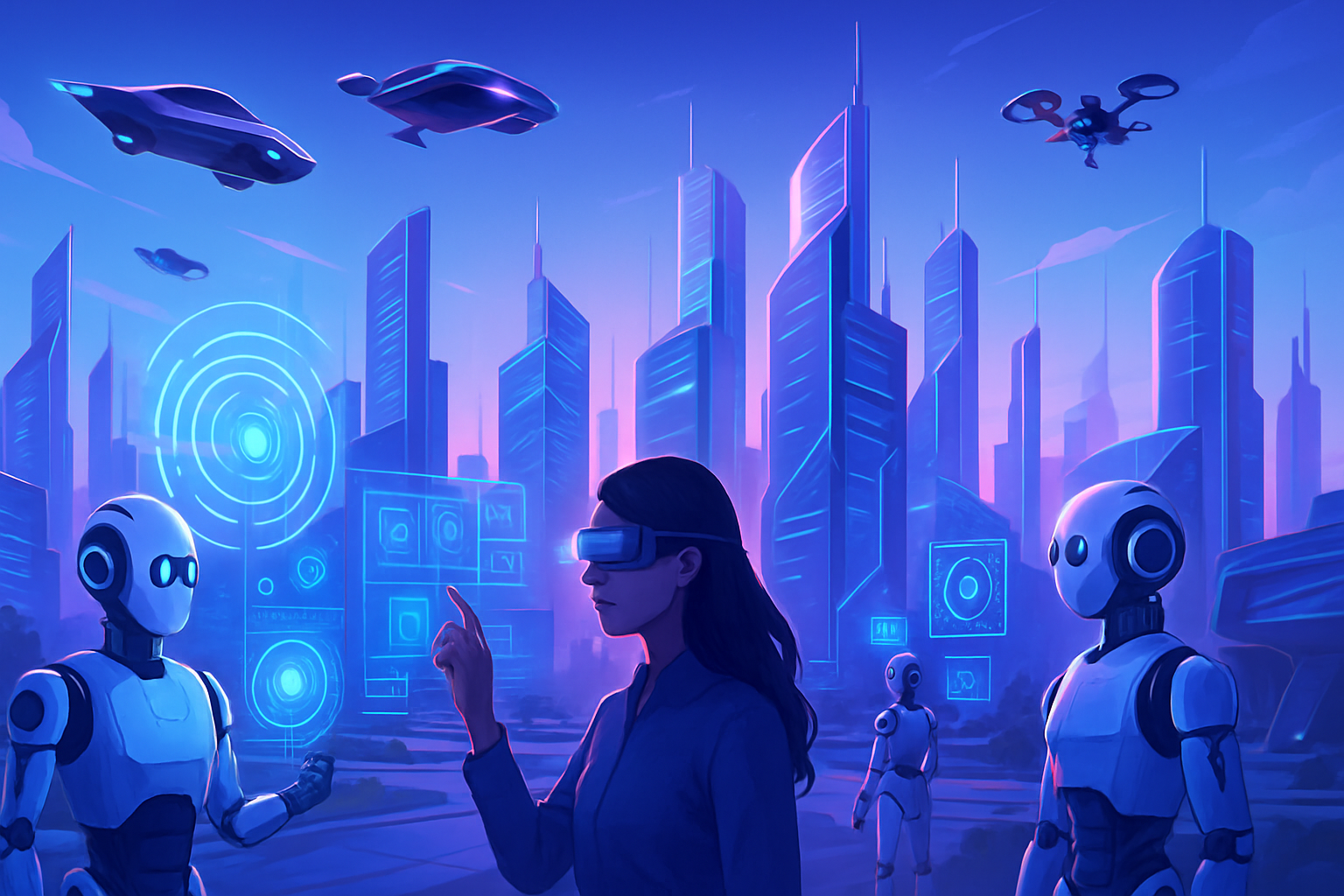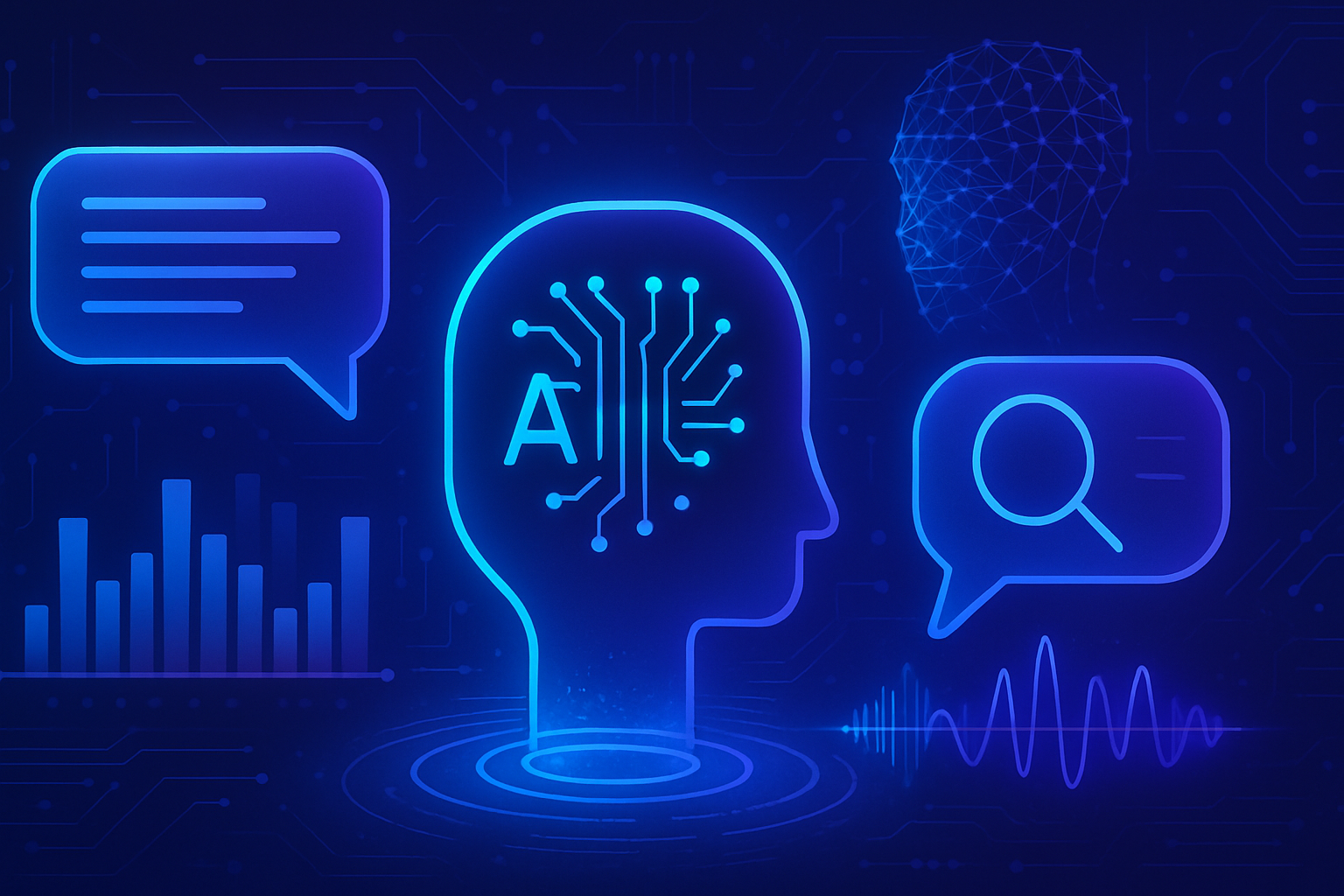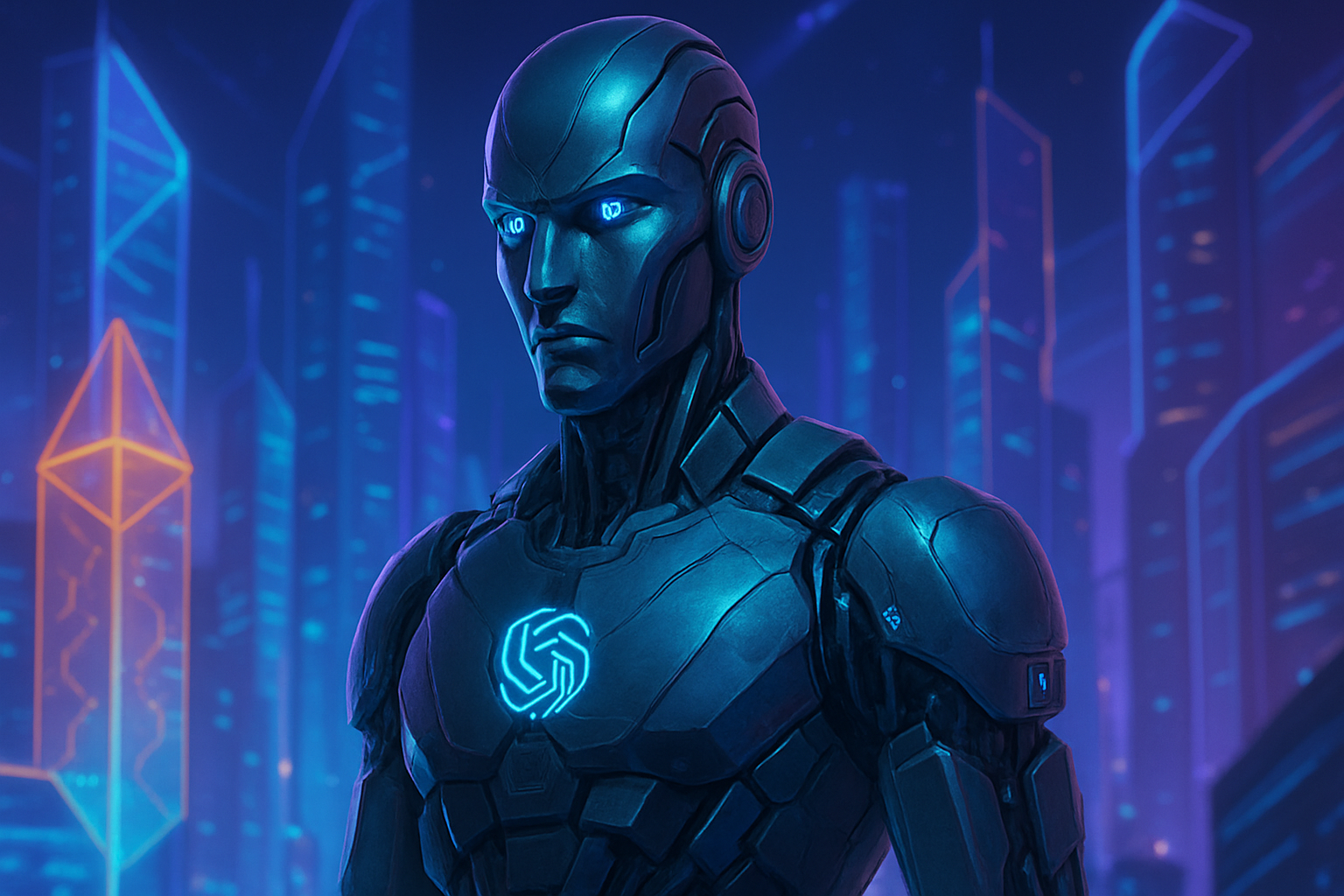The modern digital landscape is witnessing an unprecedented proliferation of AI-generated images, leading to an inextricable visual saturation. This phenomenon raises countless questions about the impact on creativity and authenticity. A browser, distinct from its undisputed rival, offers a clever solution to remedy this abundance of visual content. This innovative feature allows for a more targeted user experience by eliminating these unwanted visuals. Complete control over your browsing thus becomes essential for those seeking a streamlined interface. Do not let generative images dictate your experience; learn to erase them with a simple click.
Too many AI-generated images
In a saturated digital context, the proliferation of AI-generated images is raising growing concerns. Users express fatigue in the face of invasive visual content, often of low quality. Browser users are starting to seek solutions suitable for this visual saturation.
An innovative response from the Opera browser
The Opera browser stands out by offering a unique feature. A new button allows users to instantly remove AI-generated images, a first in the market. This option is included in the customization menu, allowing for a cleaner experience.
The stakes of image saturation
The multiplication of images by algorithms raises fundamental questions about content quality. AI-produced images often lack authenticity, which detracts from users’ interactions with online content.
Impact on the user experience
Users feel disenchantment at this abundance of unreliable images. As a result, many people are turning to platforms that allow for more targeted and meaningful browsing. The Opera button filters out this unwanted content, promoting a more enriching experience.
User and expert reactions
User feedback on the Opera feature is varied. Some appreciate this initiative that meets their need for clarity, while others criticize the potential loss of relevant information. Experts are also questioning the long-term impact of such practices.
A perspective on the future of browsers
This advancement from Opera illustrates a significant trend in the field of web browsers. A growing demand for tools that promote personalized and qualitative browsing is likely to transform the digital landscape. The fight against unwanted content could become a major issue for technology companies in the coming months.
Towards a collective solution?
In the face of the rise of AI-generated images, collective reflection on better regulation of digital content seems inevitable. Proposals to establish quality standards are multiplying, prompting browsers to question their role in the dissemination of reliable information. This debate also raises questions about the ethics of algorithms generating content.
A changing technological context
The technological landscape is evolving rapidly. Initiatives like Opera’s reflect a will to improve navigation and information consumption. Such an approach could inspire other browsers looking to meet the growing expectations of users.
Challenges remain numerous: ensuring the quality of information in the face of rampant automation will require collective efforts in regulation and innovation. This turning point in how visual content is consumed may pave the way for a reconfiguration of online quality standards.
Frequently asked questions
Why does my browser display too many AI-generated images?
AI-generated images may be displayed due to algorithms optimized to present automatically generated content. This can occur on sites offering an abundance of visual content.
How can I make the AI-generated images disappear in my browser?
Some browser versions offer a button or setting to hide these images. Check your browser’s customization settings to enable this feature.
Which browser offers a function to hide AI-generated images?
Browsers like Firefox and Edge offer customized options to hide unwanted content, including AI-generated images.
Can all images from AI be hidden or removed?
No, some AI-generated images may escape filters, depending on your browser’s features and the settings of the extension you are using.
Are there extensions available to block AI-generated images?
Yes, several extensions can be added to your browser to block unwanted images, including those generated by AI. Look for image blockers or content filtering tools.
Does Google Chrome offer an option to hide AI-generated images?
Unfortunately, Google Chrome does not provide a specific built-in function to hide AI-generated images, but some extensions can accomplish this task.
How can I tell if an image was generated by AI?
Previously, it was difficult to automatically determine the origin of an image. However, some online tools can analyze the image and identify if it was generated by AI.
What are the implications of using AI-generated images?
The use of AI-generated images raises questions about intellectual property and authenticity. It is important to be aware of this as you browse online.
Can I report inappropriate content related to AI-generated images?
Yes, most browsers and online platforms allow users to report inappropriate content, including AI-generated images. Check the reporting options on the relevant site.
